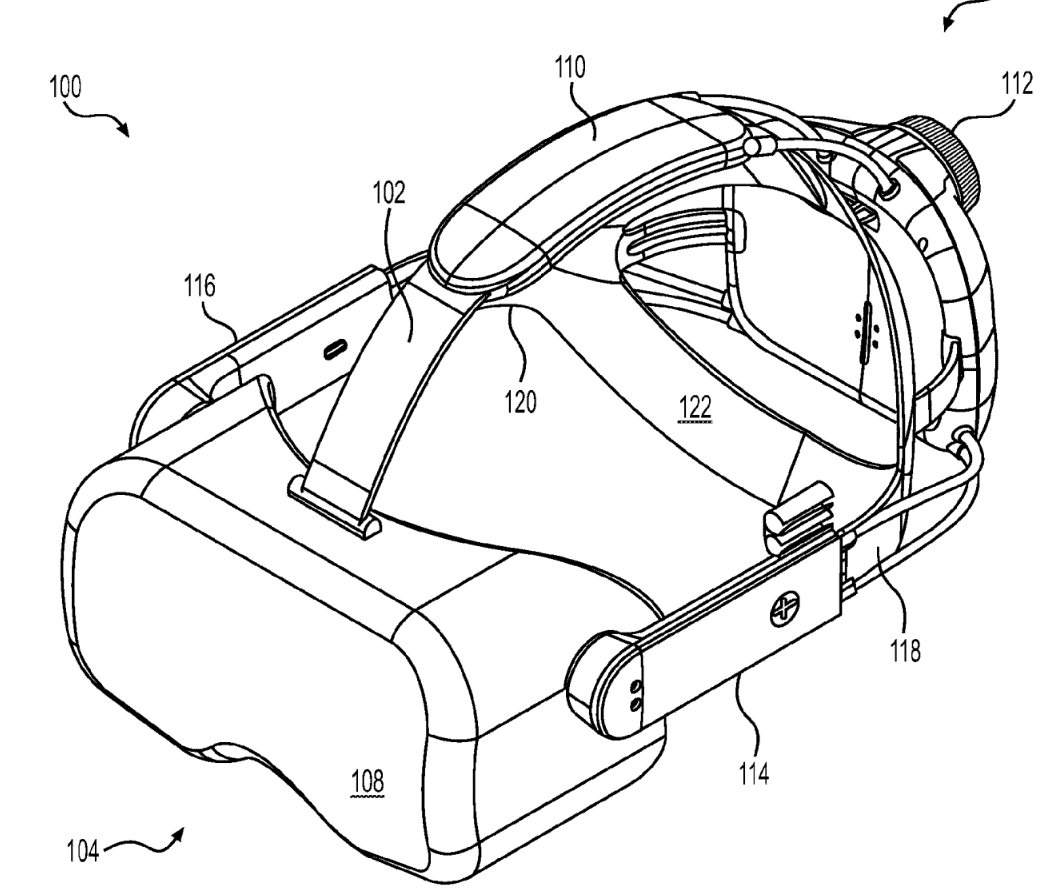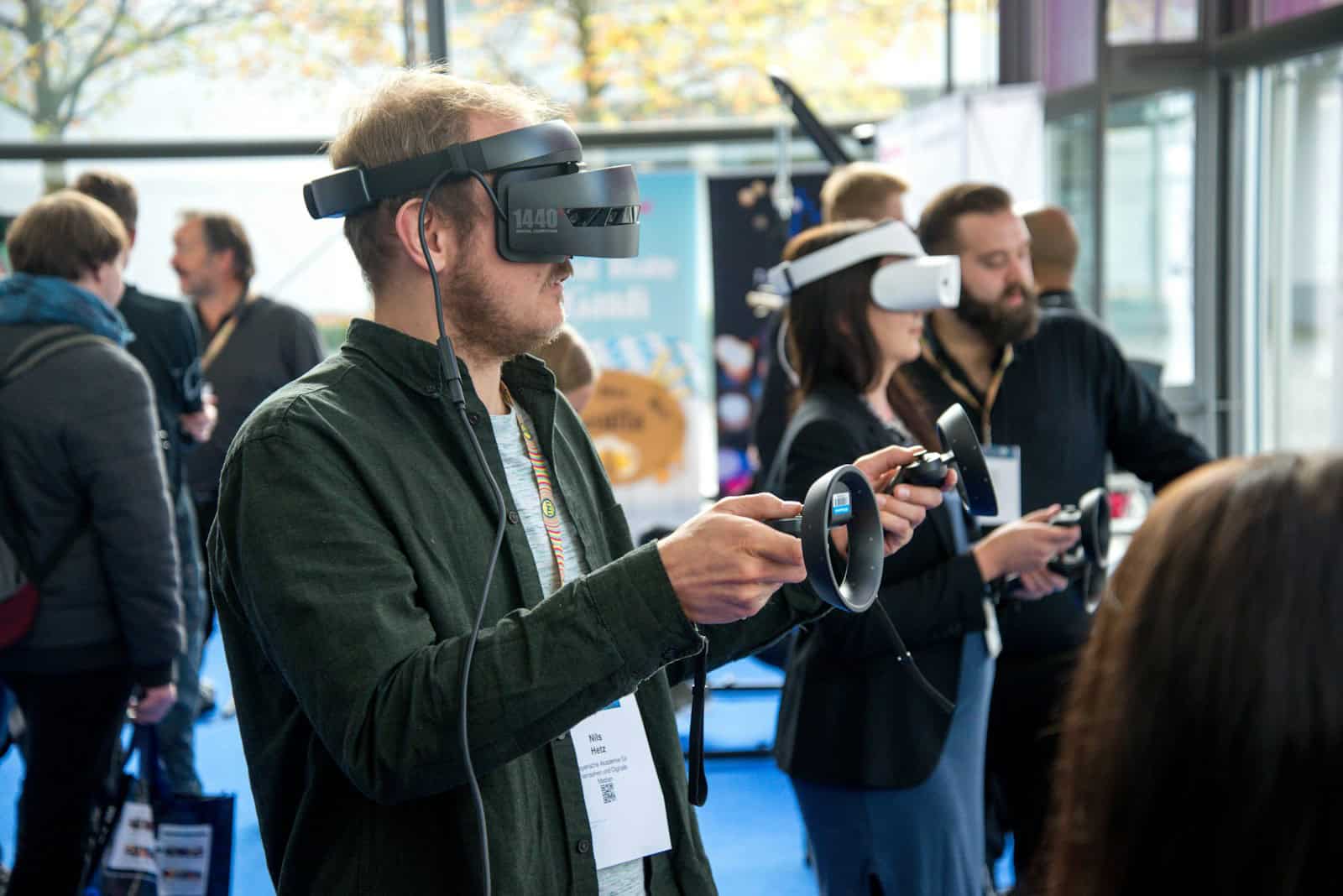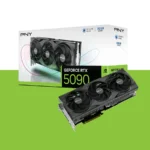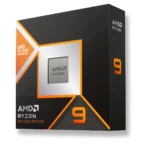Valve is making a bold return to the virtual reality hardware scene with reports of a new standalone wireless VR headset, codenamed “Deckard,” set to launch by the end of 2025. Leaks suggest that this high-end headset will retail for approximately $1,200 for the full bundle—positioning it as a premium alternative to competitors like the Meta Quest series and Apple’s Vision Pro. Interestingly, Valve is rumored to sell the device at a loss to prioritize quality and deliver a cutting-edge VR experience, much like it did with the Steam Deck.
A Standalone Powerhouse: Breaking Free from PC Tethers
Unlike Valve’s previous headset, the Valve Index (2019), which required external base stations and a wired PC connection, Deckard is expected to be fully standalone, removing the need for a powerful gaming PC. This shift aligns Valve with the industry’s movement toward standalone VR, as seen with the Meta Quest 3 and PICO 4, but with the potential to push boundaries in hardware performance, visual fidelity, and integration with Steam’s massive game library.

What sets Deckard apart is Valve’s approach to software integration. Reports indicate the headset will run on a custom version of SteamOS, optimized for virtual reality, which could allow users to play Steam games wirelessly in VR—a feature that, if executed well, could outclass Meta’s PC VR streaming solution.
A High-End Focus: Competing in the Premium VR Market
With a $1,200 price tag, Valve is targeting serious VR enthusiasts rather than casual users. This pricing places Deckard closer to Apple’s $3,500 Vision Pro than the more affordable Meta Quest 3 ($499). However, Valve has a history of innovating and offering high-end gaming experiences at aggressive price points, as seen with the Steam Deck, which undercut competing handheld PCs while delivering a powerful experience.
Another key advantage for Deckard could be game compatibility. Unlike Apple’s Vision Pro, which focuses on productivity and media consumption, Valve’s headset is designed for gaming first. Sources suggest that Valve is developing in-house VR games or demos to showcase Deckard’s capabilities at launch, potentially reviving interest in Half-Life: Alyx, which remains one of the best VR experiences to date.
New Controllers and Tracking Innovations
Recent leaks have also revealed new VR controllers, codenamed “Roy,” that are expected to launch alongside the Deckard headset. These could bring significant improvements over the Index controllers, possibly featuring inside-out tracking (eliminating the need for external base stations), advanced haptic feedback, and improved ergonomics.
Valve’s Track Record and the Future of PC VR
Valve’s entry into standalone VR hardware is significant because it could reshape the market by offering an alternative to Meta’s ecosystem while preserving the openness of PC gaming. Given Valve’s past success with the Steam Deck, which proved that a powerful Linux-based gaming handheld could rival Windows-based alternatives, there’s reason to believe that Deckard could do the same for VR—providing a high-end, open-source, Steam-powered alternative to proprietary ecosystems like Meta’s Quest or Apple’s Vision Pro.
Final Thoughts: A Game-Changer or Just Another High-End VR Headset?
With a release window set for late 2025, the biggest questions surrounding Deckard are performance, battery life, and ecosystem support. If Valve can successfully balance power, wireless capabilities, and software support, it could disrupt the VR landscape the same way Steam Deck shook up handheld gaming. However, with a premium price tag and stiff competition, Valve will need to deliver a truly exceptional experience to stand out in an evolving market.
Will Deckard be the future of standalone SteamVR, or will it struggle against Meta’s mass-market dominance? Only time will tell—but one thing is certain: Valve is betting big on the next generation of virtual reality.
Key Takeaways
- Valve’s standalone wireless VR headset “Deckard” is scheduled for release in late 2025 with a $1,200 price tag for the full bundle.
- Unlike the tethered Valve Index, the new headset will operate wirelessly without requiring external tracking equipment or a connected PC.
- Valve is prioritizing premium quality and performance over cost reduction, with the device reportedly including specially designed in-house games or demos.
Overview of Valve’s Standalone VR Headset Development
Valve has been quietly developing its standalone VR headset, codenamed “Deckard,” which represents a significant evolution in the company’s virtual reality strategy following the success of the Valve Index and Steam Deck.
Existing VR Landscape and Valve’s Position
Valve entered the VR market with significant impact through the launch of the Valve Index in 2019, which quickly established itself as a premium PC VR headset. The Index featured industry-leading display technology, audio quality, and the innovative “Knuckles” controllers that allowed for individual finger tracking.
Unlike Meta’s Quest series, Valve has traditionally focused on tethered PC VR experiences that prioritize performance and quality over portability. This approach positioned Valve as a leader in the high-end VR space but limited its audience to users with powerful gaming PCs.
SteamVR, Valve’s software platform, has become the standard interface for PC VR gaming, supporting multiple headsets beyond just Valve’s hardware. This platform-agnostic approach has helped Valve maintain relevance even as standalone headsets have gained market share.
The Standalone Wireless VR Headset Concept
According to recent leaks, Valve’s “Deckard” project aims to combine the company’s expertise in high-performance VR with the portable approach pioneered by the Steam Deck. This standalone wireless headset would eliminate the need for a connection to a gaming PC.
The headset is reportedly targeting a late 2025 release with a price point of approximately $1,200 for the full bundle. This positioning would place it as a premium offering in the standalone VR market, significantly above the Meta Quest 3’s price point.
Gabe Newell, Valve’s co-founder, has hinted at the company’s interest in standalone VR technology. In interviews surrounding the Steam Deck launch, he questioned why VR couldn’t follow a similar portable approach to PC gaming.
Anticipated Features and Benefits
“Deckard” is expected to run on a VR-adapted version of SteamOS, creating continuity with Valve’s existing ecosystem. This would likely allow the device to play both VR-specific titles and flat-screen Steam Deck games in a virtual environment.
Hardware specifications remain speculative, but patents and industry leaks suggest Valve is focusing on wireless performance, extended battery life, and advanced tracking capabilities. The company’s previous innovations in lens technology and audio design will likely carry forward.
The controller design may evolve from the Index “Knuckles” controllers, potentially with refinements for better tracking in a standalone setup. Comfort features will be essential for extended use sessions without the limitations of tethered cables.
User benefits would include the freedom of wireless VR without sacrificing the quality and performance typically associated with PC VR experiences. The integration with Steam’s massive game library could provide a significant advantage over competitors focused on closed ecosystems.
Technical Specifications and Compatibility Insights
Valve’s standalone VR headset appears to combine high-performance hardware with versatile software compatibility, creating a device that bridges PC and standalone gaming experiences while maintaining integration with existing Valve products.
Hardware Integration and Performance
The rumored Valve headset, potentially codenamed “Deckard” or “Ibex,” likely features ARM-based processors similar to those in the Steam Deck handheld. Recent code updates suggest the device will be battery-capable, eliminating the need for a tethered power connection. This represents a significant departure from the Index VR headset’s wired design.
Technical specifications point to built-in cameras replacing the external base stations required by the Index. This camera-based tracking system would simplify setup while potentially maintaining precise motion tracking capabilities.
Processing power appears sufficient to run VR applications independently, though likely with graphical compromises compared to PC-tethered modes. Battery life remains a key consideration, with Valve engineers potentially targeting 2-3 hours of active use based on comparable standalone devices.
Software and Platform Compatibility
SteamOS appears to be the foundation of the headset’s operating system, creating consistency across Valve’s hardware ecosystem. This Linux-based platform would leverage Proton compatibility layer technology to run Windows games, similar to how the Steam Deck operates.
Recent SteamVR Menu Options updates include VR-specific strings that hint at standalone functionality. These updates suggest seamless transitions between PC-tethered and standalone operating modes.
The Steam Client would likely serve as the primary content delivery system, providing access to:
- Native Linux VR applications
- Windows VR games via Proton
- Media streaming applications
- Social VR platforms
Cross-compatibility with PC VR titles remains a priority, allowing users to access their existing Steam libraries when connected wirelessly to a computer.
Compatibility with Existing Valve Products
The new headset appears designed for integration with Valve’s hardware ecosystem. It will likely support the existing Steam Controller and potentially a rumored Steam Controller 2 with enhanced VR capabilities.
Cross-functionality with Steam Deck handhelds seems probable, potentially allowing game streaming from the Deck to the headset. This would extend the value of both devices within Valve’s ecosystem.
Index accessories like Knuckles controllers might maintain compatibility, though possibly with reduced functionality compared to newer controllers designed specifically for the standalone headset. This backward compatibility would protect existing user investments.
Steam Machines owners may also benefit from direct streaming capabilities to the headset, though these devices represent a smaller portion of Valve’s installed hardware base. The primary integration focus appears to center on the Steam Deck and future handheld gaming devices.
Frequently Asked Questions
As Valve reportedly develops its standalone wireless Steam VR headset, potential users have questions about its features, capabilities, and market impact. The following FAQs address the most common inquiries based on available information and industry speculation.
What are the anticipated features of the new wireless VR headset from Valve?
Based on recent Steam client updates and industry rumors, Valve’s wireless VR headset will likely feature a built-in battery for standalone operation. This represents a significant departure from the company’s previous tethered Index headset.
The device may incorporate an integrated APU (Accelerated Processing Unit) similar to what powers the Steam Deck. This would allow for both standalone operation and PC streaming capabilities.
Inside-out tracking using built-in cameras is expected to replace the external base stations required by the Index. This would streamline setup and improve portability.
How does Valve’s upcoming wireless VR headset compare to existing Steam VR hardware?
The current Valve Index, released in 2019, requires a physical connection to a PC and external base stations for tracking. The new headset would eliminate both these requirements.
Wireless operation represents Valve’s most significant hardware advancement since the Index launch. It addresses user feedback about cable management issues that have limited VR adoption.
The rumored standalone capabilities would position the device as more versatile than Valve’s existing hardware, potentially allowing gameplay both with and without a connected PC.
What is the expected price range for the standalone Steam VR headset developed by Valve?
No official pricing information has been released by Valve. However, considering the company’s premium positioning in the VR market, experts anticipate a price point competitive with high-end standalone headsets.
The Valve Index launched at $999 for the complete kit. The new wireless headset will likely maintain a premium price tier, potentially between $699-999 depending on standalone capabilities.
Component costs for wireless technology and integrated processing could influence final pricing.
Which games will be compatible with Valve’s new wireless VR headset at launch?
The headset will almost certainly support the existing Steam VR library, which includes thousands of VR titles. This backward compatibility would give the device an immediate content advantage.
Half-Life: Alyx, Valve’s flagship VR title from 2020, will likely be optimized for the new hardware. Industry analysts speculate that Valve may release a new VR title alongside the headset.
Performance considerations may limit which PC VR games can be played in standalone mode versus which require streaming from a computer.
How will Valve’s wireless VR headset impact the current virtual reality market?
Valve’s entry into the standalone VR market would create direct competition with Meta’s Quest lineup and other standalone headsets. This could accelerate innovation across the industry.
The Steam platform’s massive user base gives Valve a significant advantage in content distribution. This ecosystem integration could attract both developers and consumers to the platform.
Valve’s reputation for hardware quality and software support might set new standards for the standalone VR segment. Their approach typically emphasizes technical performance over mass-market pricing.
What improvements in performance and user experience can be expected from the upcoming Steam VR wireless headset?
Display technology will likely see improvements over the Index’s dual 1440×1600 LCD panels. Higher resolution, better contrast ratios, and possibly OLED or mini-LED technology could be implemented.
Battery life will be a critical factor for standalone operation. Valve’s experience with the Steam Deck suggests they understand the importance of balancing performance with power efficiency.
The wireless connection quality for PC streaming will determine how well the device can handle demanding VR titles. Valve may implement custom wireless solutions to minimize latency.







